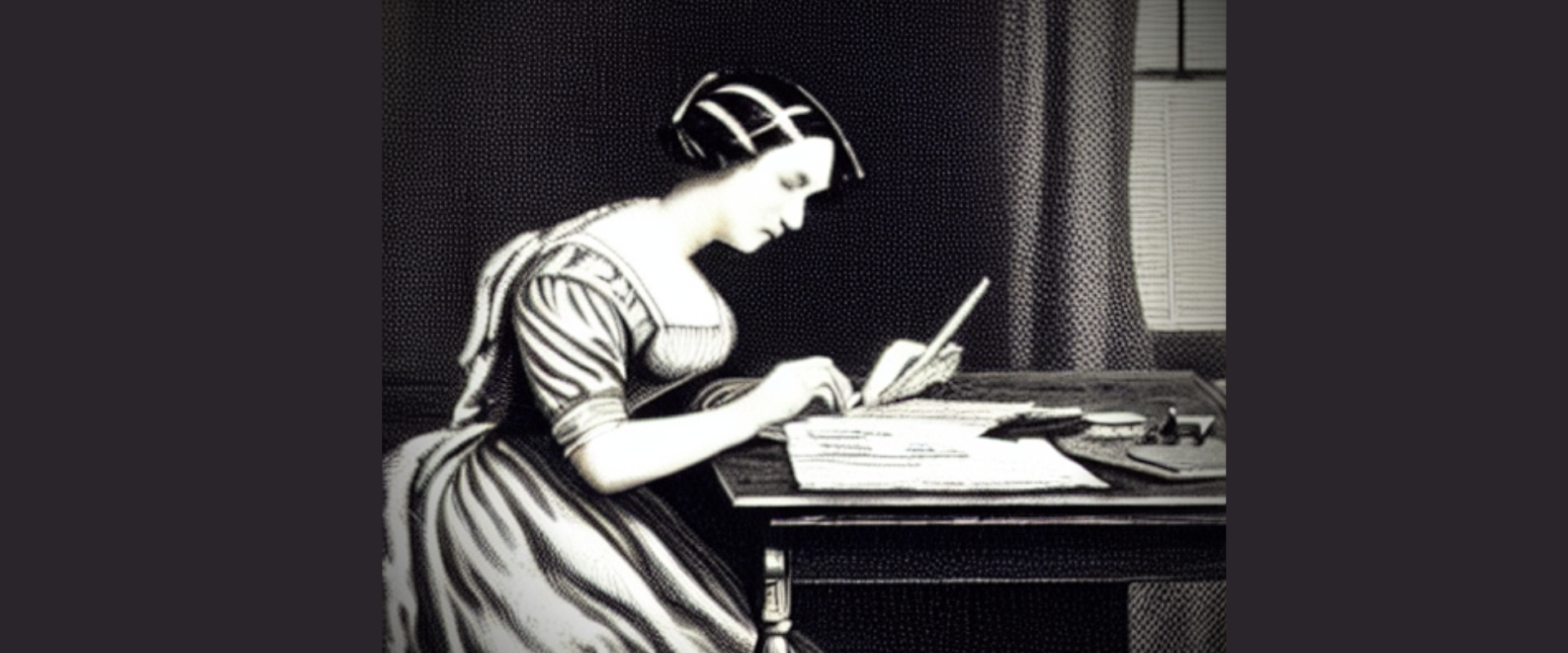Sign in for exclusive products and special discounts.
How Math Changed the World
“They just don’t do things the way they used to anymore. Back in my day, they did things differently.”
I'm old enough to say that now. But I'm not just being whimsically nostalgic.
I have something specific in mind, something I can demonstrate. And I’m not complaining when I say it. I’m looking ahead toward possibilities, not back at what we might have lost.
When I was in engineering school back in the 1980s, I discovered that all of those big formulas they taught us were really a bunch of approximations and shortcuts. They made all kinds of assumptions, especially when flowing liquids or gasses were involved. We could use them to come up with rough designs, but they needed large safety margins, and the final designs would need long hours of experiment and testing to work out.

Why did we learn things that way? Because we had to.
We needed approximations and shortcuts because there wasn’t the time or the resources to use anything else. It had been that way for centuries. People had known how to make more precise calculations, especially after the development of calculus in the late seventeenth century. But those calculations weren’t easy to do, especially when they involved the real world instead of an idealized state. Few things in nature can be described in terms of a “closed-form solution”—that is, something you can calculate in a finite number of steps.

Computer technology changed all that.
As computers grew faster and more powerful, they reduced the need for closed-form solutions. When I was in college, it had only been a decade or so since pocket calculators had replaced slide rules. My latest-model Apple computer came with only 128 kilobytes of memory. Today’s engineers have more computing power than a 1980s mainframe tucked in their pants pocket. And with that power has come something few people expected: an entirely new way of looking at the world. Thanks to the computer, we’ve discovered that nature has more unpredictable complexity and unexpected structure than we ever realized, and we’re beginning to learn how to work with both.
That was the story I wanted to tell—the story of how we changed our relationship to numbers and how that change in turn affected our understanding of everything else. That story is the one that unfolds in the Mathematical Lives series.

The Mathematical Lives series tells a story.
The first book in the series takes us back to seventeenth-century France, where a request for some gambling advice started Blaise Pascal on the road to developing modern probability theory. At the time, the idea that you could predict the future was so alien that people had a hard time grasping it. Even a genius like Pascal needed help, and so he contacted his fellow Frenchman Pierre de Fermat, known today as the greatest mathematical hobbyist of all time. It was Fermat who made the key breakthrough, understanding that they were not trying to predict the future but instead were simply laying out all of the possible outcomes and calculating how likely each one was.
From there we go to Victorian England and the part of nursing pioneer Florence Nightingale‘s life that we don’t usually read about. Nightingale had long been a passionate statistician, and when she returned from her service in the Crimean War, she knew that statistics would be the key to understanding and explaining why so many soldiers had died. Her work became a model for using statistics to sift through masses of data and then communicating the results.
By the late 1940s, David Blackwell was at the forefront of using probability and statistics to make better decisions. For several summers, he took off from his regular position as the Howard University Math Department Chair to work for the RAND Corporation, where he used a new field called game theory to help develop better military strategies. Later, at the University of California, he both researched and taught statistical methods that have been used to develop machine learning techniques.
We return to Victorian England for the fourth book in the series, in which we meet Ada Lovelace, daughter of the notorious poet Lord Byron, and her good friend, inventor Charles Babbage. In their time, the word computer referred to a person who sat at a desk performing calculations. A French baron had been the first to organize a large team of “computers” in order to perform complex calculations more efficiently, but Babbage had bigger things in mind. He imagined a steam-powered “analytical engine” that could perform the calculations automatically. Sadly, his machine was never built, but Lovelace’s notes about how it would work and what it could do became a cornerstone of modern computer science.
In the final two books, we look at the biggest mathematical revolutions of our time. First is the story of Benoit Mandelbrot, a researcher for the IBM Corporation who developed fractal geometry, a method of representing the complex, irregular patterns of nature. “Clouds are not spheres,” Mandelbrot wrote, “mountains are not cones, coastlines are not circles, and bark is not smooth, nor does lightning travel in a straight line.”
Finally, we see how Edward Lorenz, a meteorology professor at MIT, discovered chaos theory—or “nonperiodic deterministic flow,” if you want to sound more scientific. Chaos theory is not randomness. You can derive a set of equations to describe a chaotic system, but those equations are so sensitive to small changes in their conditions that we can’t predict how the system will behave beyond a certain point. In popular culture, the best-known description of chaos theory is known as the “Butterfly Effect.”
The mathematics behind both fractal geometry and chaos theory were known long before Mandelbrot and Lorenz, but no one had the tools needed to explore them. Both depend on a technique called ”iteration,” performing a series of steps over and over again, sometimes hundreds or even thousands of times—far more than was practical for a team of human “computers.” It took the electronic computer to open these new mathematical frontiers, as well as trailblazers like Mandelbrot and Lorenz to venture into them.
Not too many decades ago, scientists imagined a physical universe that we could understand and control with our equations. But today the equations have shown us a universe more complex than we can ever grasp completely. Instead of finding certainty, we must depend on probability and statistics, using methods developed by people like Pascal, Fermat, Nightingale, and Blackwell.
 Today’s math is different from the way math was done before, and the world it shows us is different from the world we knew before. The Mathematical Lives books show us how we got here. The mathematicians of the future will discover where we go next.
Today’s math is different from the way math was done before, and the world it shows us is different from the world we knew before. The Mathematical Lives books show us how we got here. The mathematicians of the future will discover where we go next.






